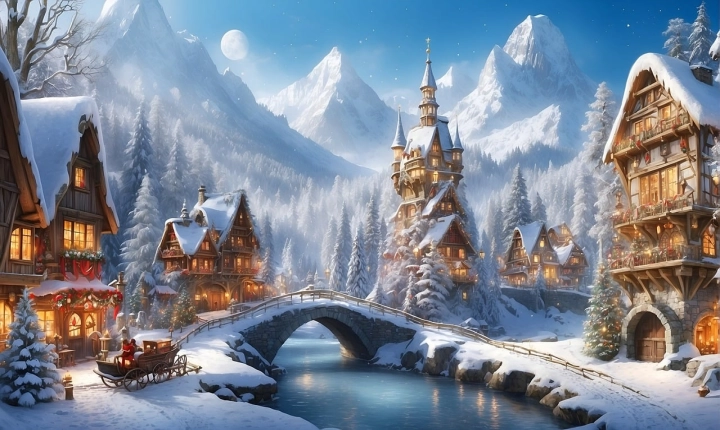Artificial Intelligence (AI) has been making significant strides in the world of art, leading many to question whether this advanced technology could be the future of artistic expression. With AI creating captivating visual art, generating music and poetry, and even contributing to film production, it is clear that this technology is reshaping the boundaries of artistic creativity.
One of the most remarkable aspects of AI in art is its ability to create visually stunning images. Generative Adversarial Networks (GANs) use algorithms to generate original artwork, demonstrating a level of creativity and imagination that was once thought to be exclusive to human artists. These AI-generated pieces often blur the line between what is considered art created by machine and art produced by human hands. The ability of AI to produce art that is both aesthetically pleasing and thought-provoking challenges our traditional notions of creativity and artistic expression.
Additionally, AI’s impact on music and poetry is equally profound. When fed with large datasets of musical compositions, AI can compose original pieces that mimic the style or characteristics of famous composers. Similarly, AI’s ability to generate poetry and literature demonstrates its deep understanding of language and emotion, often producing insightful and profound pieces that resonate with audiences.
In the realm of film and video production, AI is also making significant contributions. From script analysis to CGI creation, AI is streamlining the creative process and pushing the boundaries of what can be achieved on screen. AI algorithms can analyze and predict audience preferences, aiding in the creation of more engaging and commercially successful films.
Despite the promise and potential of AI in art, there are concerns about the implications of using this technology as a replacement for human artists. Some argue that the essence of art lies in the human experience and the emotions and ideas that drive the creative process. They worry that the use of AI in art may devalue the unique perspectives and emotions that human artists bring to their work.
Furthermore, the ethical implications of AI in art are worth considering. Issues of copyright, ownership, and authenticity come to the forefront when AI-generated art is involved. Who should own the rights to an artwork created by an AI algorithm, and how can we ensure that AI-generated art is not used to deceive or manipulate audiences?
Despite these concerns, the potential of AI in art is undeniable. It has the power to democratize creativity, allowing individuals with no formal artistic training to explore their creative potential. Moreover, AI can inspire new forms of art that were previously unimaginable, pushing the boundaries of what is considered creative and innovative.
Ultimately, the future of art lies in a harmonious collaboration between human artists and AI. By leveraging the unique strengths of both, we can unlock new creative possibilities and foster a deeper understanding and appreciation of art. The integration of AI in art presents an exciting frontier that challenges our perceptions of creativity and promises a future where artistic expression is more diverse and accessible than ever before.
